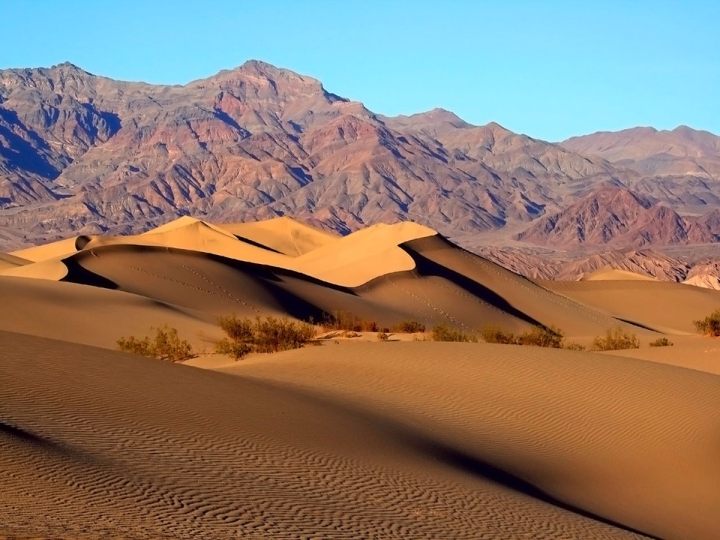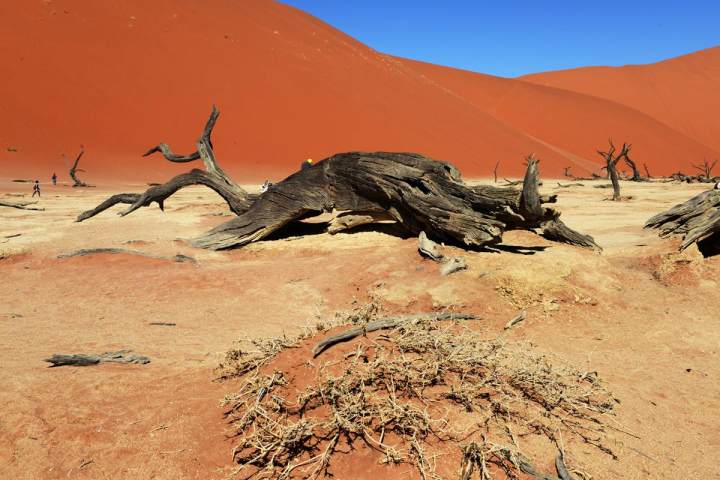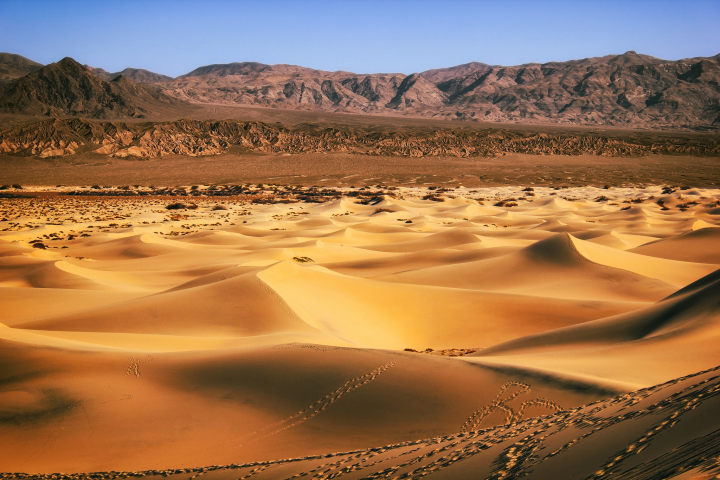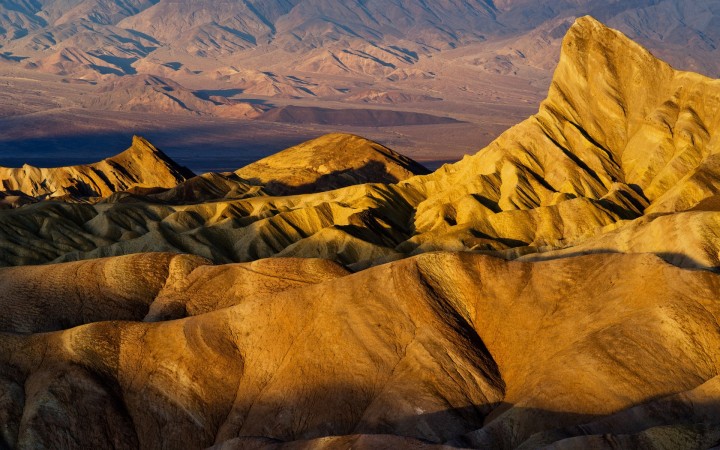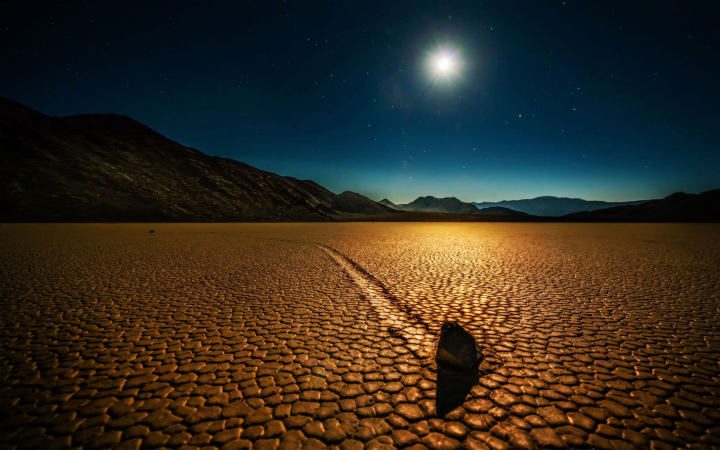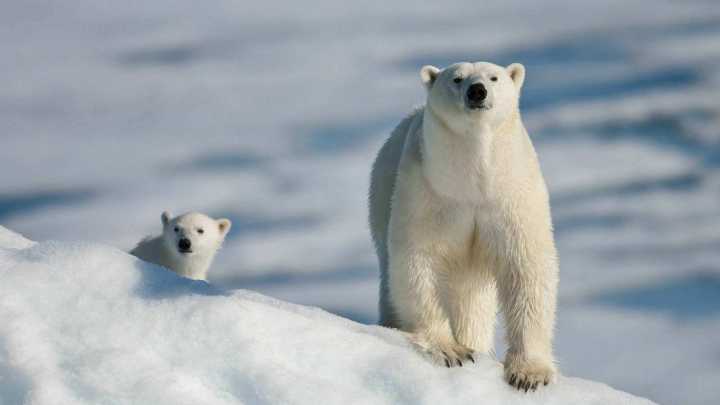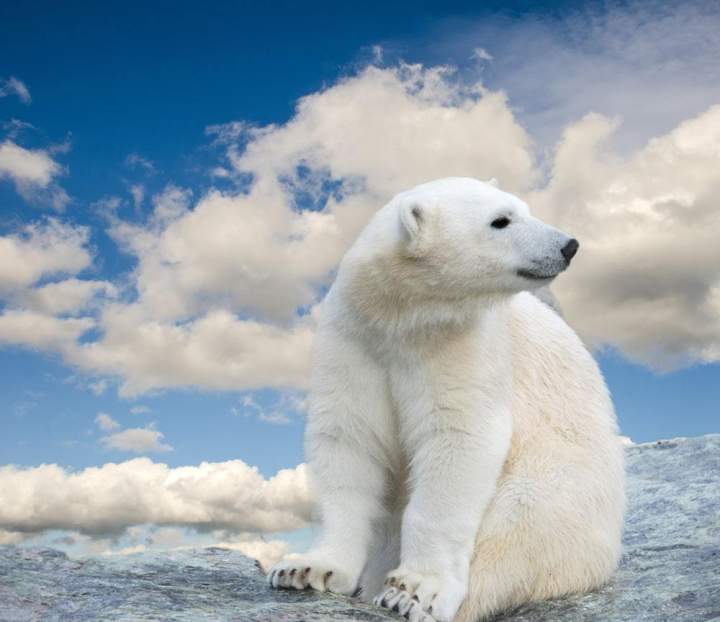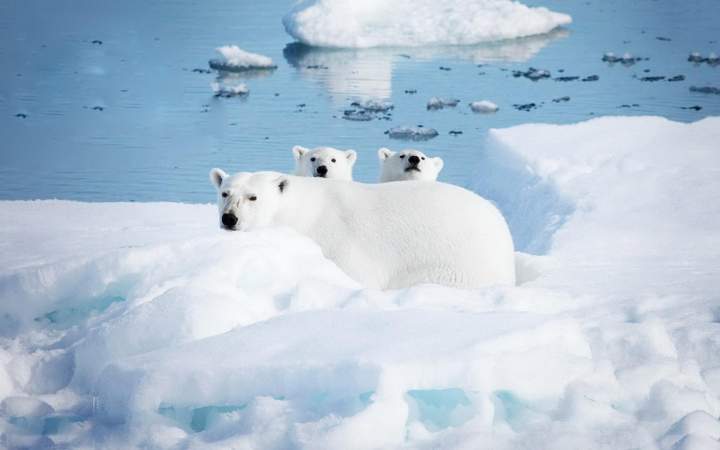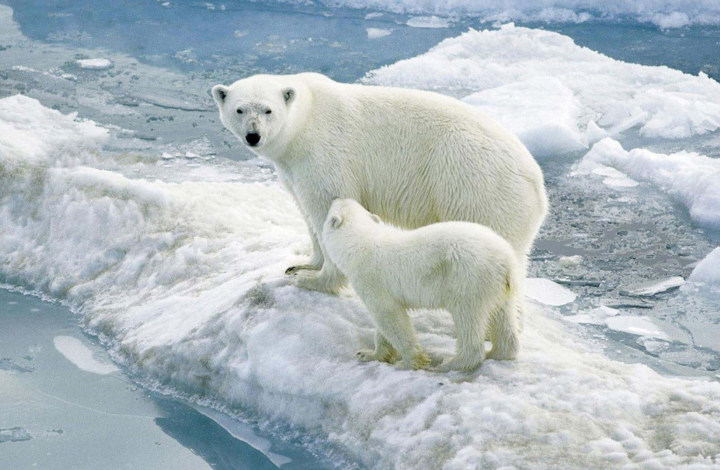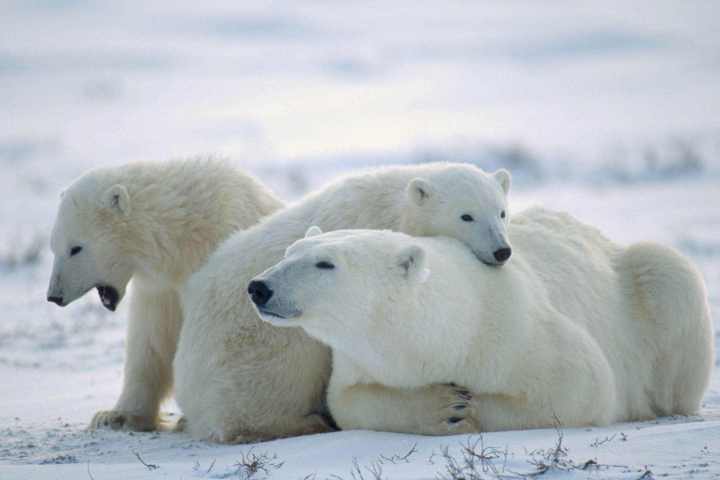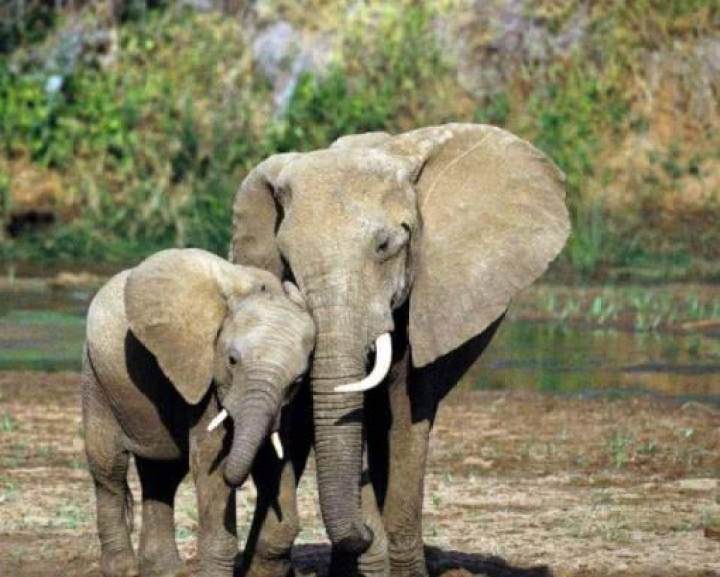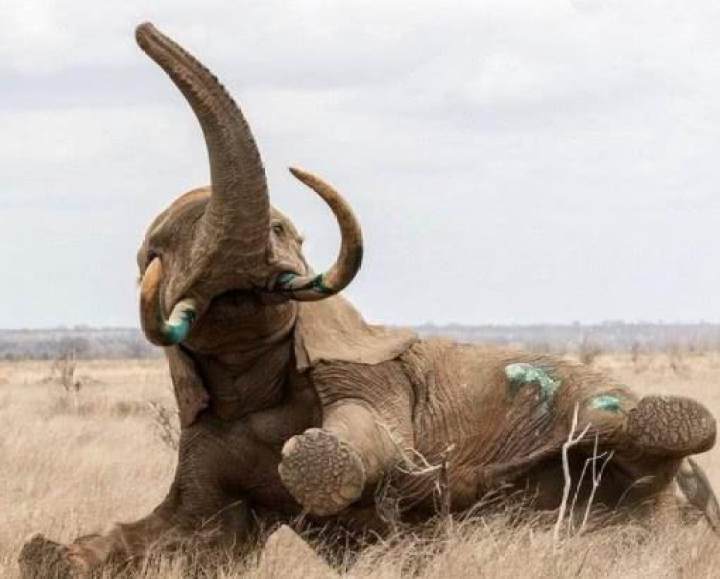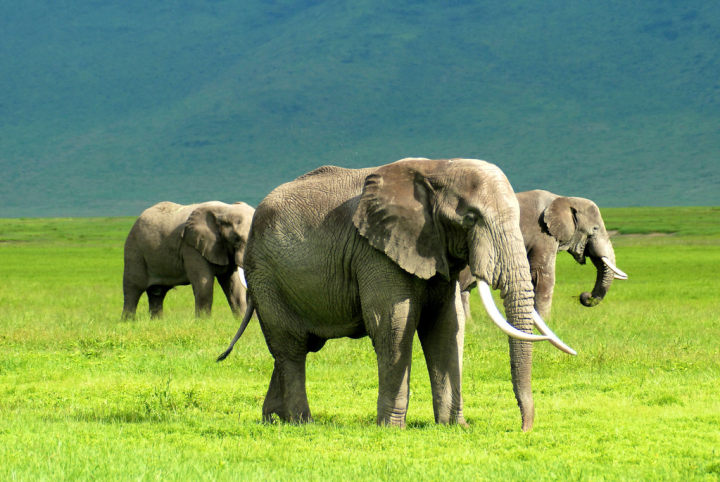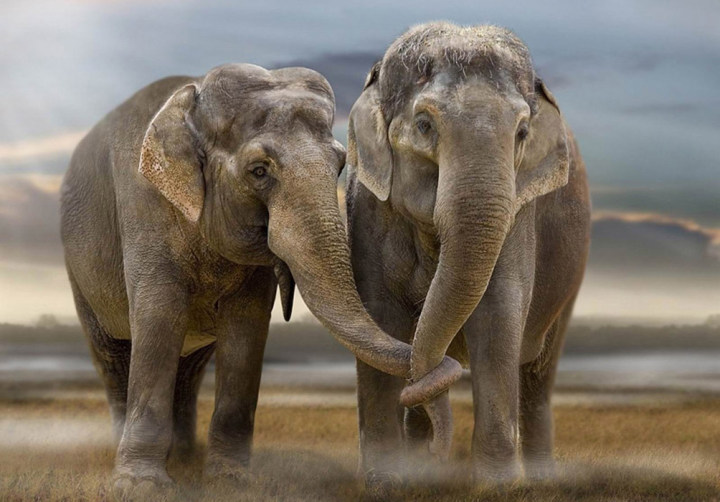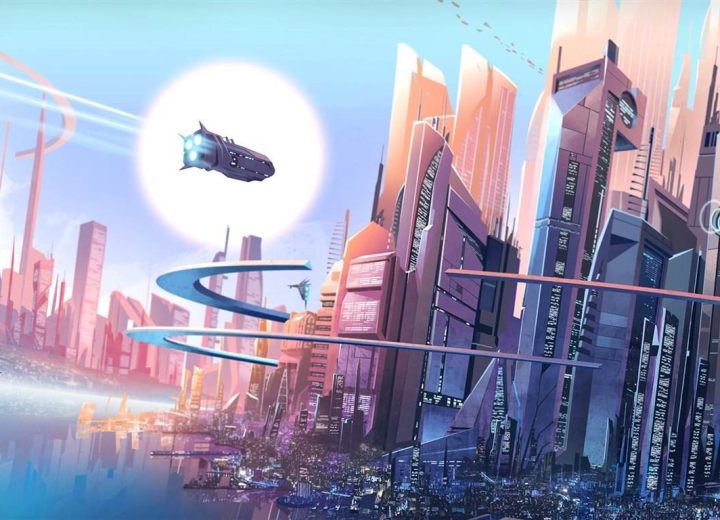
When watching science fiction movies, the jaw-dropping high-tech equipment in it all refreshed our worldview. Have you ever thought about these fictional high-tech in the movie, will one day really come into our lives? It really is possible!
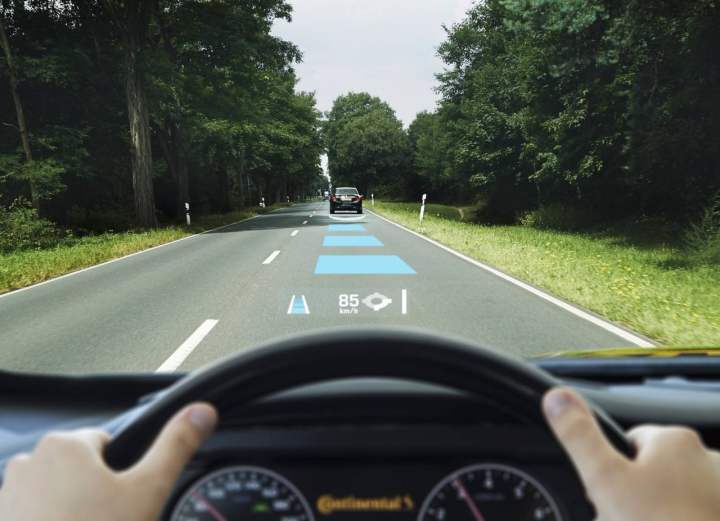
"Mission Impossible 4" once appeared such a scene: Tom Cruise drove to the headquarters, using a touch screen on the windshield. In fact, this is also a new direction for the development of screen interaction technology in the future. Now this technology has been initially realized. With the help of AR technology, the entire windshield is transformed into a huge computer display. It is connected to sensors such as infrared camera radar on the car to provide drivers with real-world reminders such as road conditions Effective information.

In addition, artificial intelligence robots in "Interstellar", face recognition in "Iron Man", and fingerprint recognition in "Sixth Day" have been practiced. Human prophets are not others, but these brain-sci-fi writers. The "smart city" featuring digitalization, networking, and intelligence is already the "future urban form" in which major cities around the world are racing to develop.
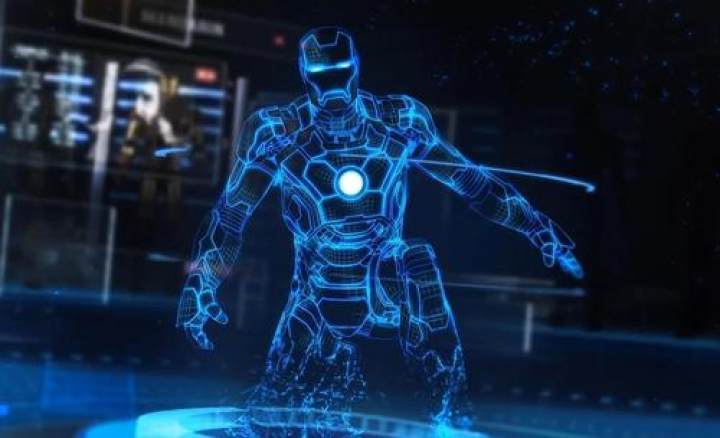
In the movie "Iron Man", Jarvis is an intelligent steward of Iron Man. He can think independently and help the host handle various tasks and calculate various information. The development of Iron Man's mech and the update of the Ark reactor are inseparable. It's assisting. Smart home is based on the house, using network communication technology, automatic control technology, audio and video technology, etc. to integrate facilities related to home life, build an efficient management system for residential facilities and family schedule affairs, improve home security, convenience, Comfortable and artistic.

In the film "Public Enemy of Machinery", Will Smith's fully-automated car can not only accurately identify the surrounding traffic, but also identify the driver's condition. The film is exaggerated, but the concept of "intelligent transportation" has long become the mainstream of research in the field of transportation in various countries. Some people call this system "Vehicle-Road Coordination". As the name implies, it integrates all vehicles, road facilities, and even pedestrians into a network. Through information sharing, the rational use of road space resources improves vehicle safety and road capacity.

In addition to the perfect human-computer interaction capabilities, the medical robots in "Super Heroes" have a data chip with more than 10,000 diseases and medical procedures in the heart, which can truly achieve the "medical treatment" for patients. If there is such a lovely person around you, perceive your body temperature change, detect your illness and injury, and give the most intimate comfort and care in the first time, is it a very happy thing?
